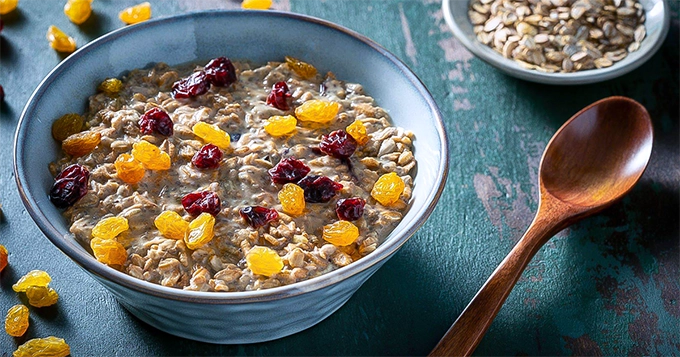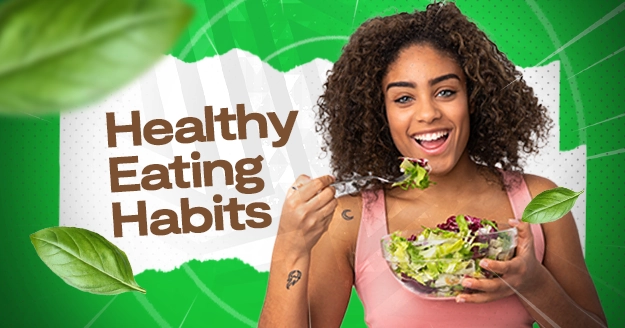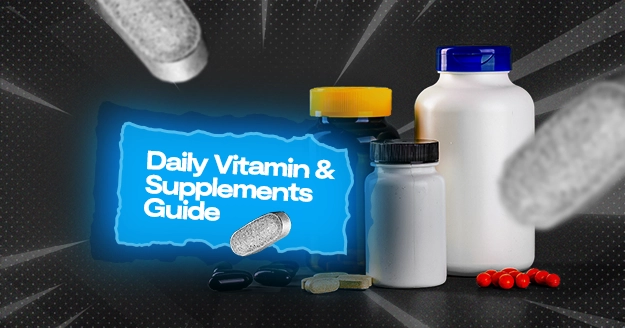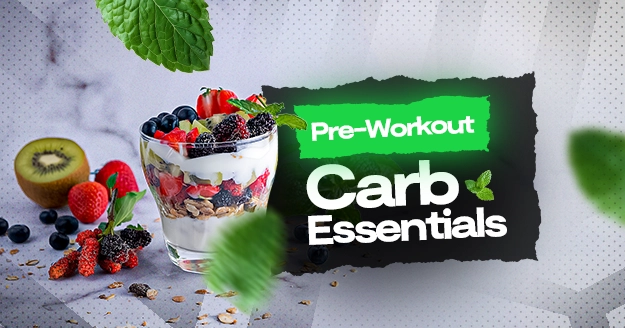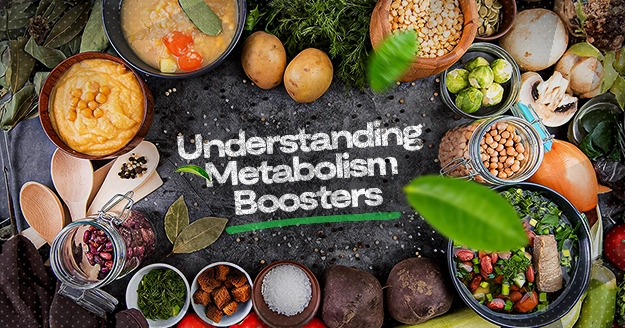Introduction
Eating habits include the reasons behind why individuals eat, the foods they choose to eat, who they eat with, how they get their food, how they keep it, how they utilize it, and how they dispose of it. Your diet is a bank account. Good food choices are good investments.
General Benefits of Healthy Eating Habits
- Adopting healthy eating habits can boost your immune system and lower your risk of cancer, type II diabetes, and heart problems.
- Getting enough nutrients can keep your skin, teeth, and eyes healthy while supporting muscle growth and strengthening your bones.
- Following healthy eating tips can help you achieve and maintain a healthy weight.
Some Healthy Habits You Need to Adopt
- Avoid skipping meals. Not eating meals means not providing your body with proper nutrients. This can leave you stressed and “hangry,” which can also lead to unproductivity.
- Familiarize yourself with recommended portion sizes. Understanding proper proportions is crucial since consuming too much or too little of any meal might raise your risk of developing health issues. It’s also good to rethink that second serving.
- Avoid distractions when eating. You will be more aware of how much and how long you eat when you minimize distractions. You’ll be more prone to snacking throughout the day on unhealthy foods if you don’t properly digest and savor the food.
- Plan your meals in advance. You can monitor how much you really consume by planning your own meals, which is a wonderful place to start if you want to start making better food decisions.
- Consume a wide range of veggies, focusing on dark green, red, and orange vegetables – three or more servings daily for healthier bones, reducing inflammation, aiding eyesight, boosting immunity, and offering some cancer-related protection.
- Eat 2 or more servings of fruits every day. Fruit is a great source of potassium, folate, dietary fiber, vitamins A and C, and other essential nutrients that are sometimes under-consumed.
- Refined or processed carbs should be reduced or eliminated from your diet; instead, focus on whole grains. Eat three to six servings a day of whole-grain, high-fiber bread, and cereals. In contrast to refined grains, which lose important nutrients during the refining process, whole grains provide a comprehensive bundle of health benefits.
- Eggs, beans, chicken without the skin, seafood, lean meats, unsalted nuts, seeds, and soy products are a few examples of low-fat protein sources.
- If you consume meat, choose white meat over red meat at least four times more frequently.
- Reduce intake of trans-fats and saturated fats as much as you can. Transfats and saturated fats raise your LDL or bad cholesterol.
- Use vegetable oil such as olive or avocado oil instead of using solid fats. These oils increase your HDL or good cholesterol while lowering your LDL.
- Reduce your sodium or salt consumption each day. decrease to a maximum of 1,500 mg if you have chronic renal disease, diabetes, high blood pressure, or if you’re older than 50.
- Limit or completely avoid junk food items that are heavy in salt, solid or trans fats, added sugars, and refined white flour. Regular consumption of junk food might raise the risk of obesity and chronic illnesses such as type II diabetes, heart disease, and fatty liver disease.
- Limit alcoholic beverages. If you consume alcoholic drinks, do so sparingly. When it doesn’t endanger you or anybody else, drink.
- Staying hydrated is one of the most important nutrition advice we can give you. You can entirely avoid those confusing hunger pains that aren’t truly caused by hunger by maintaining your water consumption throughout the day.
Incorporate These Nutrition Tips Into Your Daily Routine
Think about all of your distinct eating habits, both healthy and unhealthy, as well as your typical triggers for unhealthy eating. Here are some ways you can do it:
- Make a note of your dietary preferences.
Keep a food and beverage diary. List of everything you consume, including alcohol and sugary beverages. Note the time of day as well as how you feel before and after you consume the food or beverage.
You might discover your eating habits, for instance, constantly looking for a sweet snack to help you get through the mid-afternoon energy drop.
- Look at your list and highlight the habits that you think cause you to overeat or undereat.
It can be skipping meals, putting vegetables in the corner of your plate and not eating them, eating too fast when you’re alone, going back for seconds or thirds, overfilling your plate with food, or eating too many sweets when you’re not having a good day at work.
- Once you recognize your habits and your feelings, ask yourself what you can do to avoid making the bad habits.
- Change your bad eating habits for better ones.For example, when you realize that you eat too quickly when dining alone, Try to have lunch with a coworker, a neighbor, a friend, or a family every week.
Eat just when you are actually hungry and not when you are sleepy, anxious, or experiencing another emotion.
Healthy Meals You Can Try
When you’ve engaged in unhealthy eating habits for too long, it might be hard to get back on the right track. Meal planning can be quite beneficial when you’re trying to eat healthily. But it’s not easy, especially when you’re always busy and the little time you have for yourself is spent resting. But don’t worry, we got your back. Here are some easy and healthy meals for breakfast, lunch, and dinner you can incorporate into your diet.
- Overnight oats – Breakfast
Beta-glucan fiber, which can lower cholesterol levels and minimize the risk of heart disease, is found in oats. Overnight oats are a fun and quick meal that doesn’t need a lot of preparation in the morning. Additionally, they are prepared using inexpensive, basic ingredients.
- Loaded avocado toast – Breakfast
Avocado toast could be a healthy breakfast option because avocados are a great source of good fats and are filling. To begin, toast some rye, sourdough, or whole-grain bread. Smash 1/2 of an avocado with a bit of lemon juice or lime in a small bowl. This should be spread over the toast.
- Healthy tuna salad with cranberries – Lunch
Keep canned tuna in your cupboard as a cheap component for fast lunches. Additionally, it is abundant in protein and good fats that will keep you full.
- Slow cooker lentil soup – Lunch
Lunches may be made easily with dump-and-go slow cooker recipes. You may either assemble the items in the morning to have a hot dinner by noon, or you can prepare them on the weekend to have for lunch during the week.
- Baked potato bar with healthy toppings – Dinner
One of the cheaper and most healthy meal bases for dinner is baked potatoes. In addition, potatoes are a fantastic source of vitamins B6 and C, potassium, magnesium, and iron.
- Taco salad – Dinner
Another meal that you can prepare in advance and put together when you’re ready to dine is taco salad. Chop romaine and combine with cooked ground beef and taco seasoning, cherry tomatoes, avocado or guacamole, shredded cheese, pinto or black beans, and sliced cherry tomatoes. Get a plain Greek yogurt with lime juice to make an easy and nutritious dressing, then sprinkle them over the salad.
Conclusion
Healthy eating habits can only do you good. So start making informed, healthy decisions today and live better. It’s not easy at first, but with support from your friends, family, and us here at Trainest, you can absolutely get there in time.



